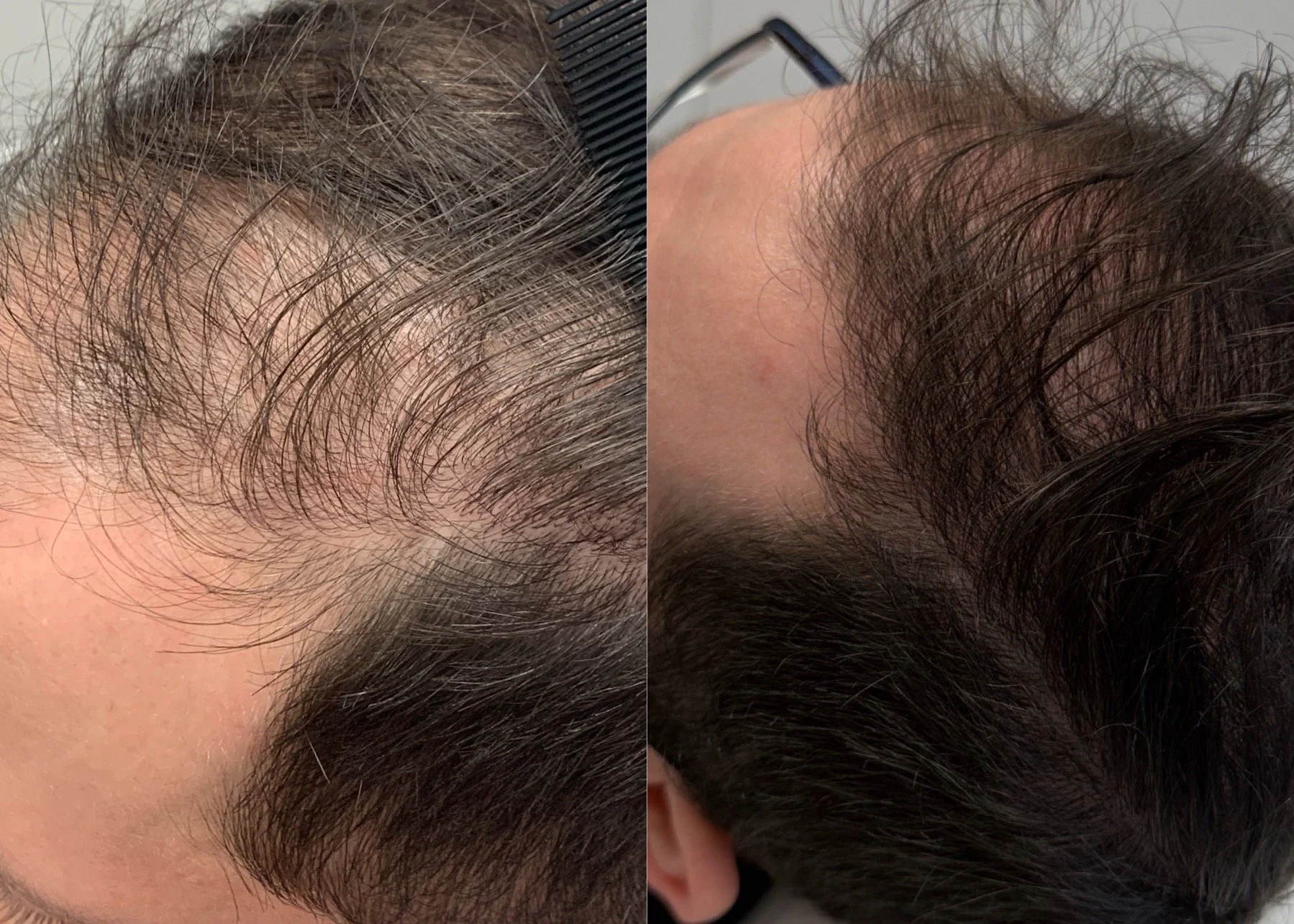
PRP HAIR TREATMENT
Restore Fuller, Healthier Hair Naturally
Boost hair growth and restore thickness with Hair Platelet Rich Plasma (PRP) Injections. This natural treatment stimulates hair follicles, improves scalp health, and reduces hair thinning for fuller, healthier hair.
Book A Free Consultation
How It Works
PRP therapy involves drawing a small amount of your blood, processing it to isolate the platelet-rich plasma, and then injecting it into the scalp. The growth factors in PRP stimulate hair follicles, improve blood flow, and encourage natural hair growth.
BENEFITS OF PRP HAIR TREATMENT
Stimulates natural hair growth
Strengthens hair follicles
Increases hair thickness and volume
Reduces hair shedding
Improves scalp health
Hair PRP Injections are ideal for individuals experiencing hair thinning, hair loss, or weakened hair growth. It’s suitable for most hair types and works best for those with early-stage hair loss or thinning.
Is The Treatment Right for You?
WHAT ARE THE TREATABLE AREAS?
-
Scalp (top, crown, and temples)
Hairline
Thinning areas (such as crown or patchy spots)
BEFORE & AFTER
**RESULTS AFTER ONLY 3 TREATMENTS**

FREQUENTLY ASKED QUESTIONS
WHAT IS PRP HAIR TREATMENT
Hair Platelet Rich Plasma (PRP) Injections is a non-surgical treatment that uses your own blood to promote hair growth. The procedure involves drawing a small amount of blood, processing it to concentrate platelets, and injecting the platelet-rich plasma into the scalp. The growth factors in the PRP stimulate hair follicles, improve circulation, and encourage the regeneration of hair, helping to restore thicker, fuller hair.
-
Most patients experience minimal discomfort during the treatment, as a numbing cream is applied to the scalp beforehand.
-
Typically, 3 to 4 sessions are recommended, spaced 4 to 6 weeks apart, followed by maintenance treatments every 6 to 12 months.
-
Results usually start to appear after 3 to 6 months, with noticeable improvements in hair thickness and density.
-
Side effects are rare but may include mild swelling, redness, or tenderness at the injection site, which typically subsides within a few days.







